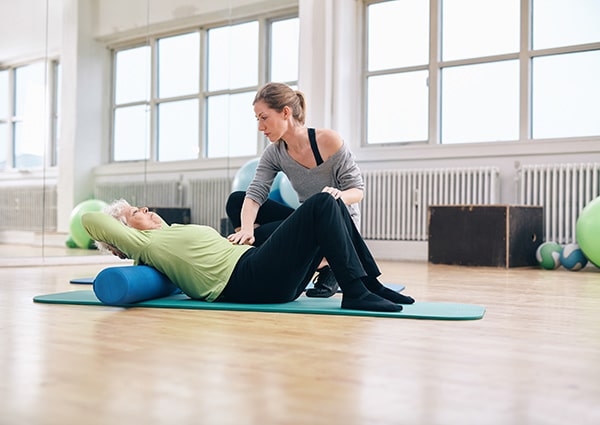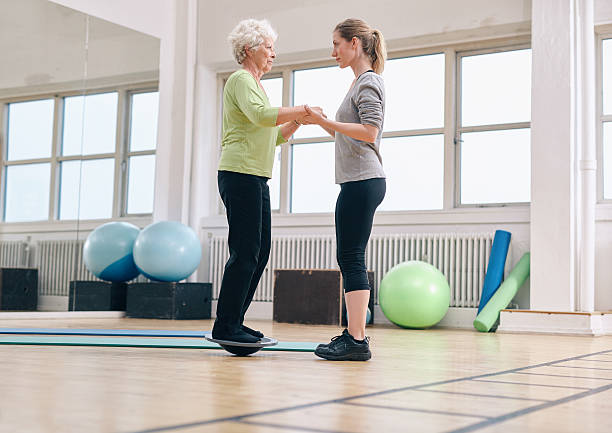Embracing a New Beginning
Joint replacement surgery represents a transformative journey for those struggling with debilitating joint pain. It’s a path from limited mobility and chronic discomfort to a life where every step isn’t a reminder of pain. In Kanata, Ottawa, our clinic [Your Clinic’s Name] is dedicated to ensuring this transition not only restores mobility but enhances the quality of life for each patient.
Understanding Joint Replacement
Joint replacement involves surgically removing a damaged joint and replacing it with a prosthetic one. This procedure is commonly performed on the hip and knee, significantly improving the lives of patients suffering from severe arthritis or injury. However, the success of joint replacement surgery is heavily reliant on post-operative rehabilitation—a journey we’re passionate about guiding our patients through in Kanata, Ottawa.
The Role of Physiotherapy in Recovery
The road to recovery post-joint replacement begins with a tailored physiotherapy program. At PhysioExperts, our approach is patient-centered, focusing on personalized rehabilitation plans designed to:
- Reduce Pain and Swelling: Through gentle manual therapy and modalities like ice and gentle massage.
- Restore Mobility: With specific exercises aimed at improving range of motion and flexibility.
- Strengthening: Gradually rebuilding strength in the muscles surrounding the new joint to support stability and function.
- Functional Training: Preparing patients for everyday activities, ensuring a safe and confident return to daily life.
Our team of experienced physiotherapists in PhysioExperts Kanata, Ottawa, employs a holistic approach, integrating advanced techniques and compassionate care to support each patient’s unique recovery journey.
Why Choose PhysioExperts for Your Rehabilitation
Choosing the right physiotherapy clinic for your post-joint replacement rehabilitation is crucial. At PhysioExperts, our commitment extends beyond the clinic’s walls. We understand the physical and emotional challenges our patients face, and we’re dedicated to providing:
- State-of-the-Art Facilities: Our clinic is equipped with modern rehabilitation tools and technologies.
- Experienced Team: Our physiotherapists are highly skilled in post-surgical rehabilitation, continually updating their knowledge to offer the best care.
- Personalized Care: We believe in treating our patients as individuals, tailoring each rehabilitation plan to meet specific needs and goals.
- Supportive Environment: Our clinic offers a warm and welcoming atmosphere, where patients find encouragement and motivation throughout their recovery process.
Journey with Us Towards Recovery
Recovering from joint replacement surgery is a significant journey, one that can lead to a dramatically improved quality of life. In Kanata, Ottawa, PhysioExperts is here to support you every step of the way. Our team is committed to providing the care and expertise needed to help you regain your strength, mobility, and independence.
As you embark on this transformative journey, let us be your partner in recovery. Contact PhysioExperts today to learn more about our joint replacement rehabilitation services and how we can help you achieve your goals for a healthier, more active life.





